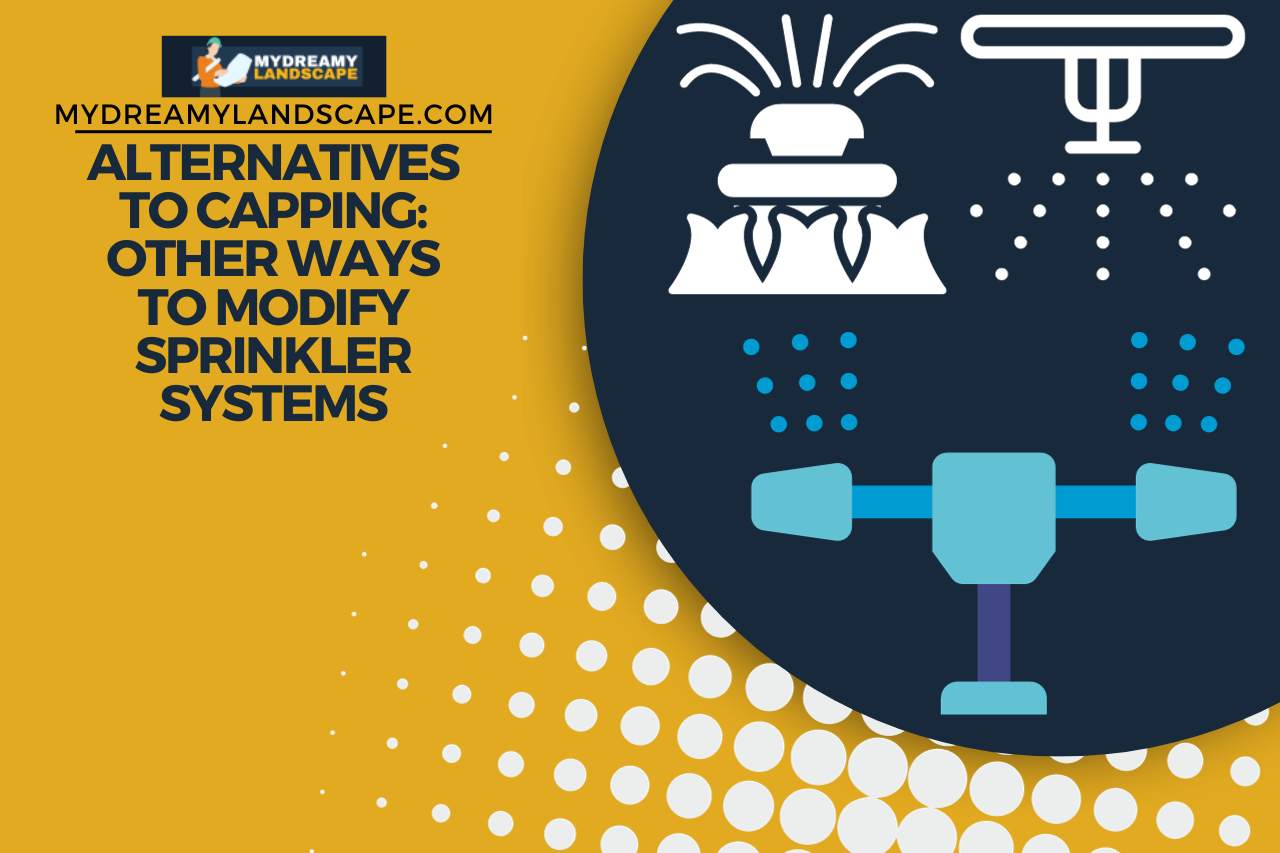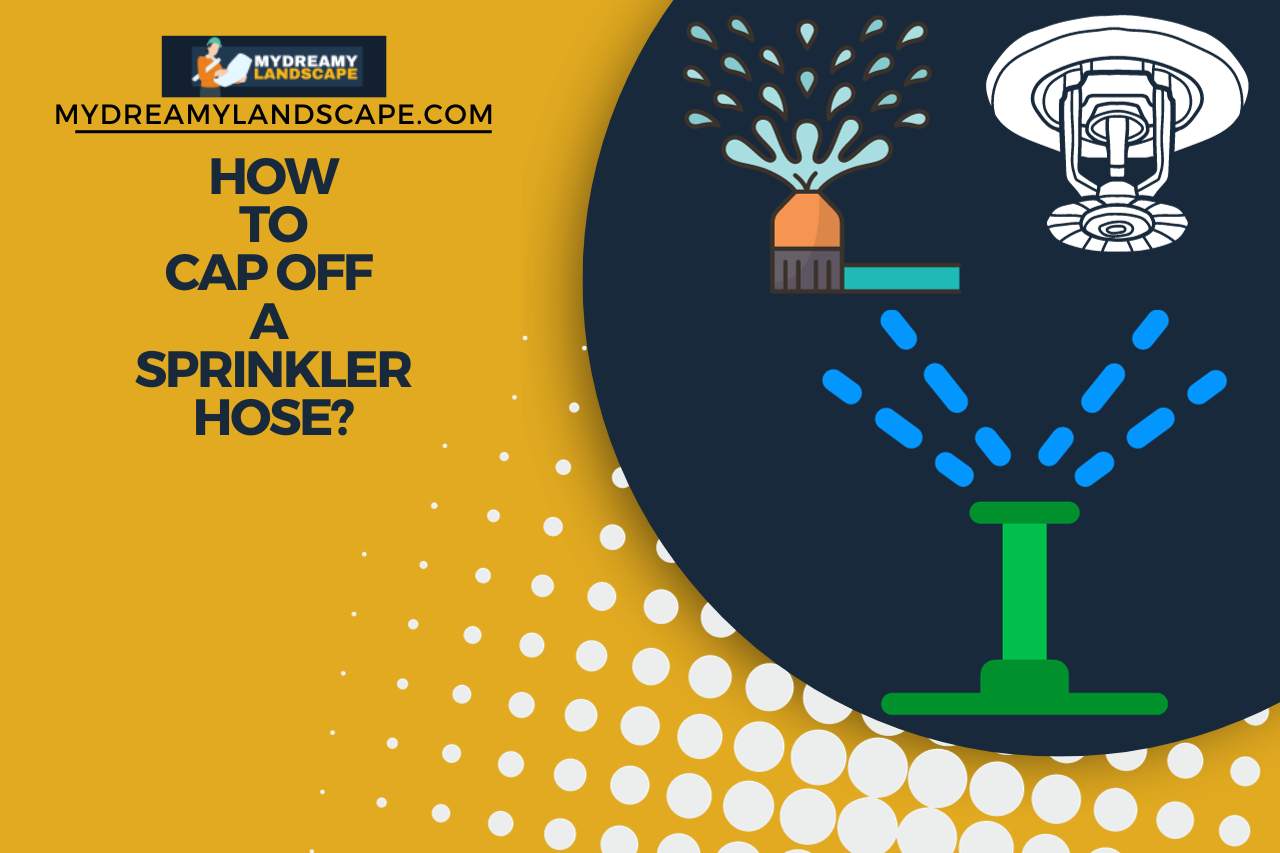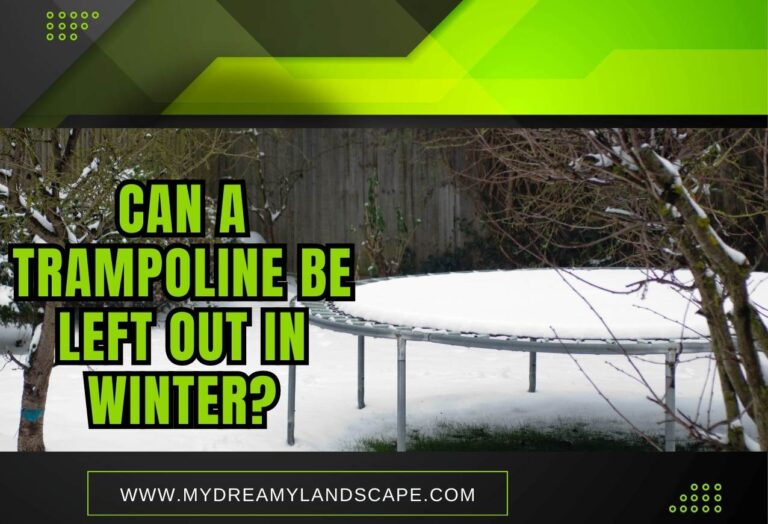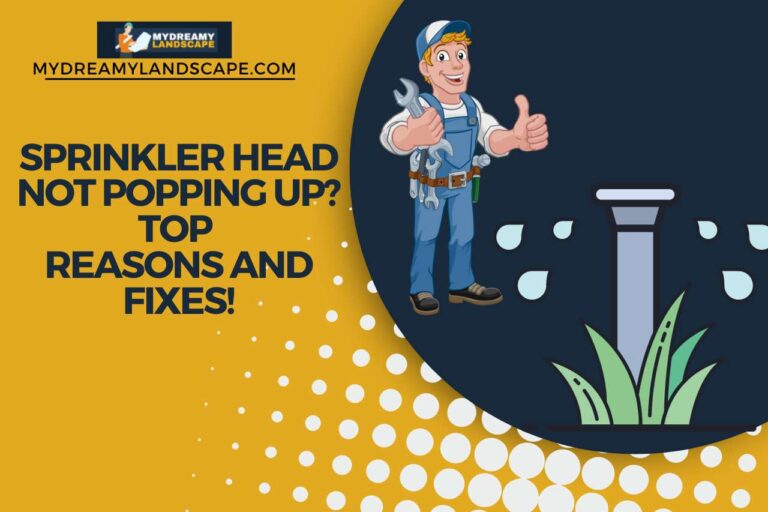How to Cap Off a Sprinkler Hose? [Alternatives Included]
Capping off a sprinkler hose can be a daunting task if you are doing it for the first time. In this comprehensive guide, we will explain how to cap off a sprinkler hose and alternatives you can consider instead. Let’s start!
How to Cap Off a Sprinkler Hose?
Here is our step-by-step guide to cap off a sprinkler hose.
- Locate the sprinkler hose: Firstly, locate the section of your sprinkler hose that you need to cap. You might be able to find this at the end of your hose or at just any specific point along its length.
- Turn Off the Water Supply: Ensure that the water supply to your sprinkler system is turned off to avoid any water spillage during the process.
- Drain the Hose: Relax and allow any remaining water in the hose to drain out. You can do this by opening the end of your hose or using a drain valve if available.
- Measure the Hose Diameter: Accurately measure the diameter of your hose to select the correct size cap.
- Choose the Right Cap: Now purchase a hose cap that matches the diameter and thread pattern of your hose.
- Install the Cap: If you’re planning on capping the end of your sprinkler hose, simply screw the cap onto the hose end securely. If you’re planning on capping just a section in the middle, you may need to cut the hose, then install a hose mender, and again attach your cap.
- Check for Leaks: Once you have successfully installed the cap, turn the water supply back on and check for any leaks around the cap. Ensure you have it tightened securely.
- Secure the Capped Hose: If the capped hose is lying on the ground, secure it in place to prevent any tripping hazards or damage.
Why You Would Want to Cap Off a Sprinkler Hose?
Capping off the sprinkler hose is a very useful technique for various situations happening in your garden and lawn maintenance. Here are a few common reasons for choosing to cap your sprinkler hose:
- System Redesign or Modification: When you are redesigning or modifying your irrigation layout, capping off certain hoses can help you to redirect the water flow to desired areas, right?
- Seasonal Adjustments: Throughout different seasons, specific areas of your garden or lawn might not require as much water. Capping off hoses in such areas can conserve water.
- Repairing Leaks: If a section of the hose system is leaking or damaged beyond repair, capping it off can be a temporary or sometimes permanent solution to prevent any water loss.
- Preventing Overwatering: In areas that are prone to overwatering or with plants sensitive to excess moisture, capping off the sprinkler hoses can help you manage the water distribution more effectively within your lawn.
- Hose Segment Removal: When you remove a segment of the hose system, either due to damage or any change in your landscaping, capping off the remaining ends of your hose is necessary to maintain the integrity of the system.
- Water Conservation: Capping unused or unnecessary hose lines contributes to water conservation efforts, especially when you live in areas with water usage restrictions.
- Preparing for Winter: If you live in regions with freezing winters, capping off your sprinkler hoses can be part of the winterization process to prevent water from freezing inside the hoses.

Alternatives to Sprinkler Hose Capping
Beyond capping the sprinkler hoses, there are other methods available for you to modify or reconfigure your sprinkler system to meet any changing landscaping needs or address issues. Here are some alternatives to sprinkler hose capping:
- Installing Shut-Off Valves: Adding an in-line shut-off valve to specific hose segments allows you to control the water flow to certain areas without altering the entire system.
- Rerouting the Hose: If certain areas of your garden no longer require watering, you can reroute the hose to bypass such areas. This might involve repositioning the entire hose layout or adding new hose lengths.
- Using Hose Connectors: Connectors can join the broken hose segments or extend the hose to new areas.
- Adjusting Sprinkler Heads: If you have systems with individual sprinkler heads, adjusting their direction, range, or swapping them for different types can customize the water distribution.
- Installing Drip Irrigation in Specific Areas: For any targeted watering you require, such as in garden beds or around specific plants, integrating a drip irrigation system can be a more efficient go.
- Adding a Timer or Controller: Automated timers or smart controllers can help you adjust your watering schedules based on the time of day, weather conditions, or specific watering needs of your different zones.
You May Also Like
- The Oscillating Sprinkler Stopped Moving – Keep It Oscillating!
- How to Find Buried Sprinkler Heads? Unearthing Your Lawn’s Hidden Assets
- How To Raise The Sprinkler Head? Elevate Your Lawn Care
- Sprinkler Head Not Rotating – (Causes and Solutions)
- Why does My Sprinkler Head Leak? Decoding the Mystery!
- Oscillating vs Rotary Sprinklers – Which Sprinkler is Right for You?
- Why is My Impact Sprinkler Rotating Slowly? Sluggish Sprinkler Solutions!
- How Do you Adjust Impact Sprinkler Rotation? Troubleshooting & Adjustment Tips!
- How Much Water does an Oscillating Sprinkler Use Per Minute? Eco-Friendly Lawn Care
- Can you Connect Two Oscillating Sprinklers Together? Mastering Multi-Sprinkler Setup!
- How Do you Control an Oscillating Sprinkler? (Step-by-Step Guide)






